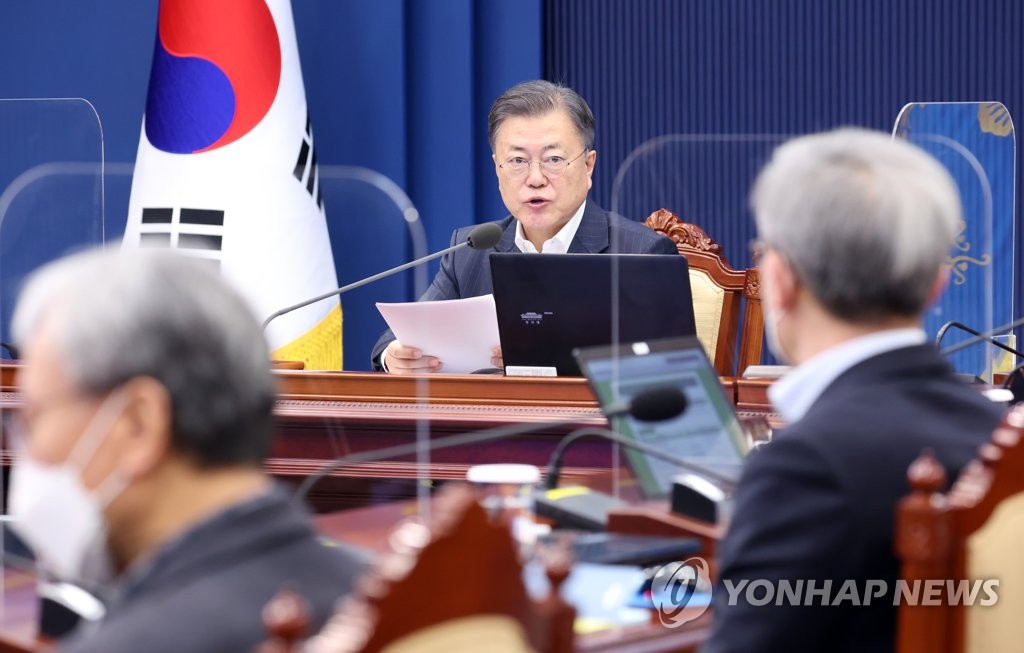- California Assembly OKs highest minimum wage in nation
- S. Korea unveils first graphic cigarette warnings
- US joins with South Korea, Japan in bid to deter North Korea
- LPGA golfer Chun In-gee finally back in action
- S. Korea won’t be top seed in final World Cup qualification round
- US men’s soccer misses 2nd straight Olympics
- US back on track in qualifying with 4-0 win over Guatemala
- High-intensity workout injuries spawn cottage industry
- CDC expands range of Zika mosquitoes into parts of Northeast
- Who knew? ‘The Walking Dead’ is helping families connect
Moon calls nuclear power main source of electricity over next 60 years
President Moon Jae-in said Friday that South Korea will fully use its nuclear power plants under its nuclear phase-out scheme, calling nuclear power a mainsource of electricity over the next 60 years.
“Over the next 60 years, while nuclear power plants continue to operate, nuclear power plants should be fully utilized as a main base source of electricity,” Moon told a meeting on stable supply of power, according to presidential spokesperson Park Kyung-mee.
Construction of four nuclear reactors — Shin-Hanul No. 1 and No. 2, as well as Shin-Kori No. 5 and No. 6 — have been delayed due to safety inspections and other issues.
Moon urged officials to make efforts to gradually start operations at the four nuclear reactors, because safety standards for operations have increased, Park said.

President Moon Jae-in presides over a Cabinet meeting at the presidential office in Seoul on Feb, 22, 2022. (Yonhap)
Moon said the Korean government’s energy transition policy is to gradually suspend construction of new nuclear power plants and prohibit the extension of the lifespan for older nuclear power plants until 2084.
Moon called for officials to “make every effort to ensure the safety of nuclear power plants while maintaining proper operation rate,” according to Park.
The nuclear phase-out scheme set by Moon’s government centers on slowly breaking away from nuclear energy by refraining from building additional plants while retiring old ones.
Under the roadmap, South Korea plans to decrease the number of nuclear plants in operation to 17 by 2034, from this year’s 24.
The government plans to reduce nuclear energy to account for 23.9 percent of the country’s total power generation by 2030 from around 30 percent last year. It targets to raise the proportion of renewable sources to 20 percent from 6.6 percent over the same period.











